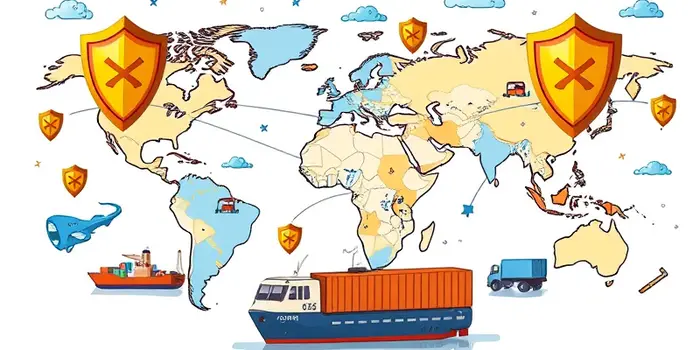
In an era of unprecedented shocks—from pandemics to geopolitical turmoil—organizations are racing to fortify their supply chains. By examining recent upheavals and proven strategies, leaders can build networks that not only withstand disruption but emerge stronger.
Supply chain resilience refers to an organization’s ability to absorb, adapt to, and recover from unexpected disruptions using existing or rapidly adaptable capabilities. As global markets grow more interdependent, resilience has soared in strategic urgency; in 2024, 83% of executives viewed supply chain resilience as critical as cybersecurity.
Today’s landscape demands that companies move beyond efficiency alone. The costs of downtime, cascading failures, and market volatility can far exceed investments in preparedness.
The COVID-19 pandemic laid bare vulnerabilities: global lockdowns triggered production halts, labor shortages, and major shipping delays. Pandemic shocks accounted for roughly a quarter of shifts in U.S. GDP and inflation after 2020.
Meanwhile, geopolitical conflicts—from sanctions to trade realignments—have interrupted flows of raw materials and critical components. Natural disasters and climate extremes, such as floods and hurricanes, regularly incapacitate key production hubs. On average, supply chain disruptions now occur every 3.7 years and typically last over a month.
Several structural weaknesses surfaced during recent crises:
Over-reliance on single-source suppliers created bottlenecks when one supplier failed or was geographically compromised.
Lack of visibility beyond the first tier delayed risk detection and hampered rapid response across multi-tier networks.
Lean just-in-time inventory models maximized efficiency but left organizations with minimal buffer stock to absorb shocks.
Leading organizations are deploying a suite of complementary approaches to reinforce their supply chains:
To manage and benchmark progress, organizations rely on key indicators and advanced technologies. One pivotal gauge is the Global Supply Chain Pressure Index (GSCPI), which aggregates shipping delays, backlogs, and inventory levels to portray system-wide stress.
Beyond metrics, technologies such as AI, blockchain, and digital twins are rapidly becoming force multipliers for predictive analytics. Nearly half of executives now regard AI as essential for automating risk detection and response.
Reflecting on recent upheavals, several enduring lessons have emerged:
Despite clear benefits, challenges persist. Resilience investments elevate operational costs and often face pushback during stable periods. A troubling paradox has arisen: confidence in resilience is high, yet budgets remain constrained, leaving organizations vulnerable to the next crisis. Overzealous reshoring can introduce new concentration risks and inflate expenses.
The journey toward robust supply chains is ongoing. Key questions demand answers to guide future decisions:
By confronting these dilemmas and committing to continuous improvement, organizations can transform vulnerabilities into sources of competitive advantage. In a world defined by uncertainty, adaptive, transparent, and collaborative networks will determine who thrives when disruption strikes.
References





